Pulling off a convincing Mediterranean garden is a popular aspiration for many UK gardeners. Start with a few choice plants and you won't go far wrong
*Due to the risk of importing new pests and diseases, please don't bring back plants, seeds or cuttings from holidays abroad - find out more.
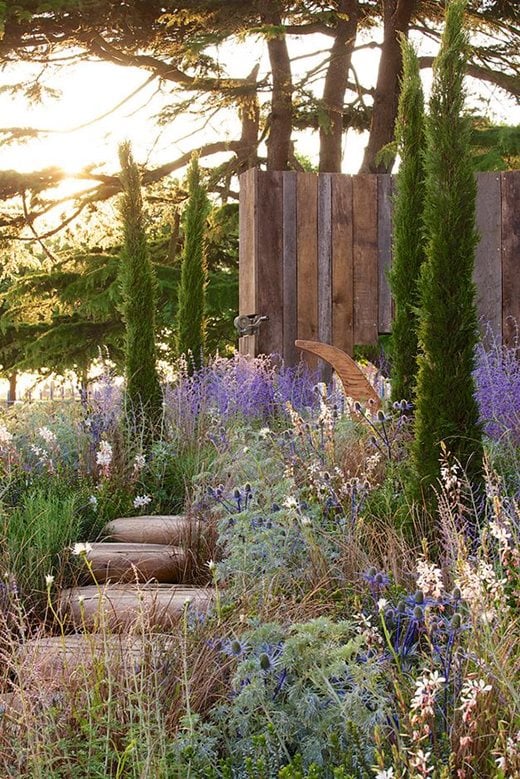 Cypress trees
Cypress trees
Rivalling the olive as a Mediterranean icon, cypresses are striking evergreens that tolerate dry conditions. They can punctuate borders or make imposing guardians at gateways.
- Grow them: they prefer well-drained soil in full sun, away from cold winds.
- Combine with: low-growing plants that complement their foliage, such as rosemary and phlomis (see below).
- Best for a Mediterranean garden: Cupressus sempervirens is the classic Italian cypress that forms narrow columns up to 20m (70ft); Cupressus arizonica ‘Pyramidalis' AGM is a blue-grey selection; C. macrocarpa ‘Goldcrest' AGM is a more suited to small gardens (reaching 4m/12ft tall) that provides winter colour with its bright golden foliage.
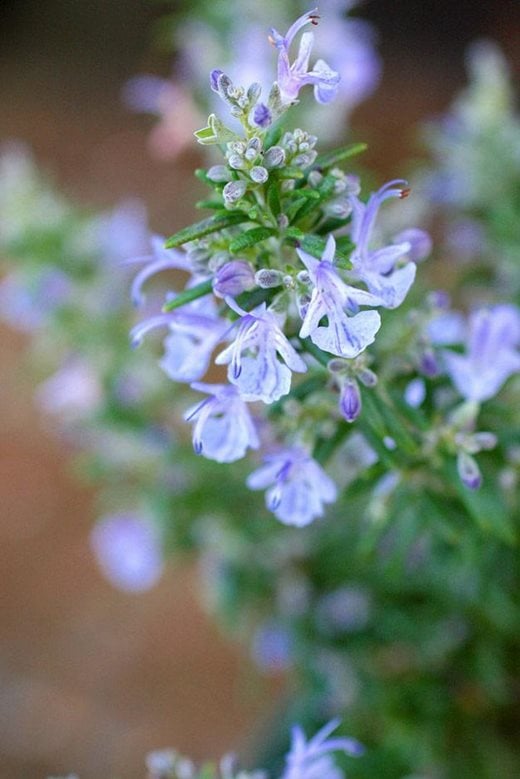 Rosemary
Rosemary
Like many Mediterranean herbs, rosemary is both useful and ornamental. It's perfect for providing fragrant planting around a seating area or near paths, and it bears blue flowers between April and June.
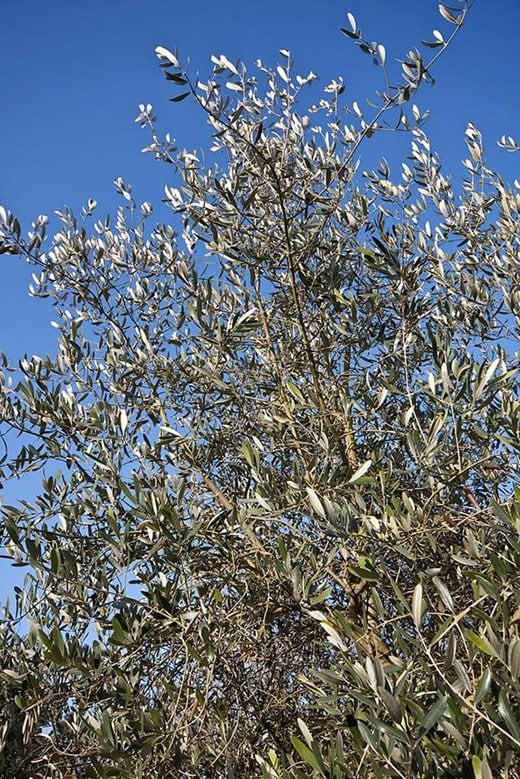 Olive trees
Olive trees
With their mythical heritage, gnarled trunks and silvery leaves, olives are unmistakeable. They're terrific focal points when mature or when young, make smart container plants.
- Grow them: they're only frost hardy, and even mature trees are susceptible to damage once temperatures drop to -10°C (14°F), but in warmer areas, a sunny spot with well-drained soil should suffice. Pot grown specimens can be moved under glass.
- Combine with: other silvery-green plants, such as lavenders, catmints or cistus. Box hedging adds a formal contrast.
- Best for a Mediterranean garden: if the distinctive Olea europaea is too tender for you, try substituting the weeping pear, Pyrus salicifolia 'Pendula' AGM or the silvery shrub, Atriplex halimus.
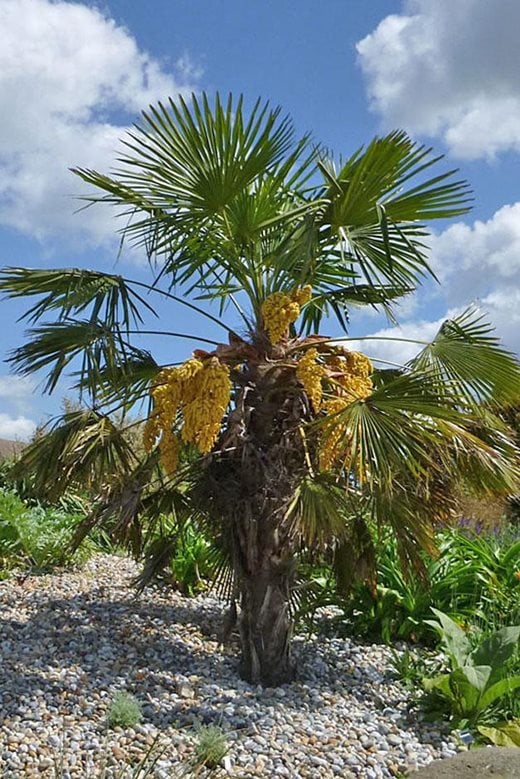 Palms
Palms
Palms add a certain Riviera glamour to gardens. Despite their origins, some do well in UK gardens, and have even received the Award of Garden Merit.
- Grow them: shelter from cold winds in well-drained soil and full sun. While some are happy outside all year, others need protection from cold below -5°C (23°F).
- Combine with: their striking form means palms look well on their own, though they may be underplanted.
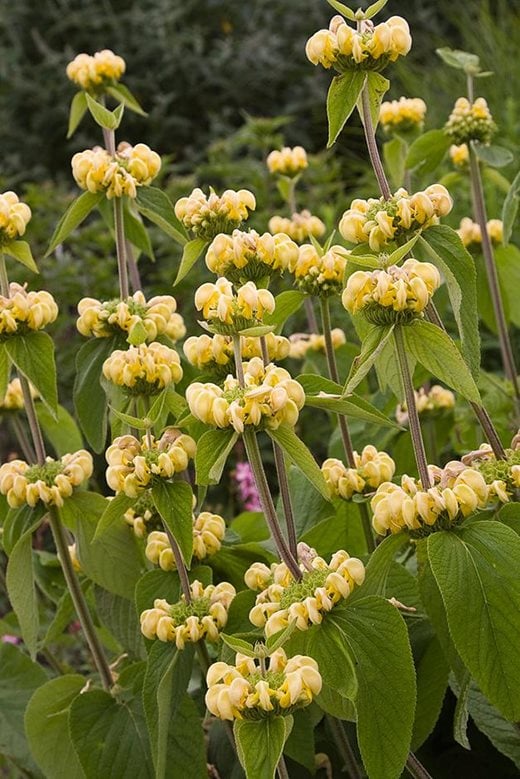 Phlomis
Phlomis
These sage-like perennials and shrubs are grown for their textured foliage and hooded flowers in shades of white, yellow and lilac. They're at their best slouched over the edge of paths.
- Grow them: Phlomis prefer full sun in well-drained soil. In such positions, they're generally hardy in UK gardens.
- Combine with: other Mediterranean shrubs such as lavender and rosemary to make aromatic groups.
- Best for a Mediterranean garden: Phlomis fruticosa AGM is a popular choice with whorls of bright yellow flowers; Phlomis italica is a smaller shrub with soft pink flowers; Phlomis russeliana AGM is a tough perennial with rough, grey-green leaves and stout stems with tiers of yellow flowers.
More from the RHS
Garden design resources
Mediterranean garden design gallery
Drought-resistant gardening
Gravel gardens

